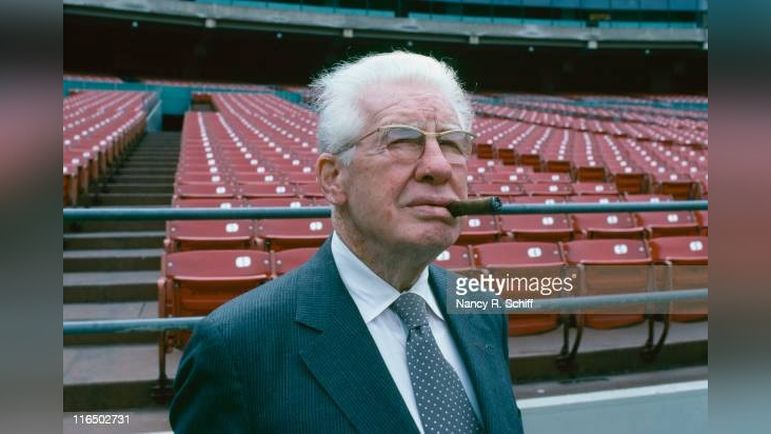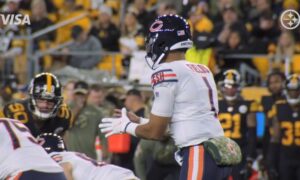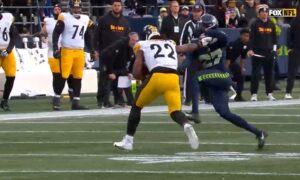Put on the party hats and blow out the candles. It’s the Pittsburgh Steelers’ big day. Ninety years ago, July 8th, 1933, the Steelers officially became an NFL franchise.
That’s when the NFL accepted Art Rooney Sr.’s $2500 bid to buy a team in the upstart league, founded in 1920 and still trying to find its footing. At the time $2500 was big money, especially during the Depression, and contrary to popular lore, Rooney did not get that money from a big day at the Saratoga horse track. That payday wouldn’t come for years later. It turned out to be a solid investment. According to Forbes, the Steelers are now worth nearly $4 billion.
A big reason why Rooney founded the team in 1933 was the anticipation of Pennsylvania rolling back its “blue laws” that prohibited activities on Sundays, like sporting events. They weren’t officially passed until the November elections, meaning Pittsburgh’s first four home games were on Wednesday, not Sunday. They played just one Sunday home game all season.
From 1933 to 1939, the Steelers weren’t called the Steelers. They were known as the “Pittsburgh Pirates,” taking from the far more popular baseball team. A common tactic at the time in an effort to draw more support and attention. Teams like the Brooklyn Dodgers did the same. Back then, the NFL was just trying to get by and losing money. In that era, fans preferred the “purity” of the college game where players weren’t paid and played for the “love” of the game. But make no mistake, players weren’t making big money back in 1933.
It’s always interesting to note professional football – aka players getting paid – happened in Western PA. Though the game of American Football has its roots in New England, modified from Canada’s rugby, the first paid player was William “Pudge” Heffelfinger in a game between the Pittsburgh Athletic Club and Allegheny Athletic Association in 1892. Heffelfinger was paid $500 that day, an impressive sum, and is still believed to be the first known paid player in football history. He has a spot in Canton, Ohio, with the contract and line item of his salary on display.
For the Steelers/Pirates, 1933 was a tough year. They lost their season opener 20-2 to the New York Giants, their only points coming on a Cap Oehler created safety. But Week Two brought their first victory, 14-13 over the Chicago Cardinals. DB Butch Kottler had a 99-yard interception returned for a touchdown while WR Paul Moss – truly one of the greatest athletes of his time – caught the game-tying touchdown in the fourth quarter. Portly kicker Mose Kelsch, considered the first true NFL specialist, kicked the go-ahead extra point.
Pittsburgh would finish the season 3-6-2, a decent debut season. They also rostered one of the two black players in the NFL at the time, OT Ray Kemp, who joined Cardinals’ RB Joe Lilliard as the only two African-American players who would play in the league that year. Kemp only played in a handful of games but would later discuss Rooney’s kindness and openness, always considering him a friend. No black player would play in the NFL again until 1946 and the Steelers didn’t reintegrate until 1952 when seven Steelers rebroke the color barrier, an article I wrote years ago and recently republished.
If you want to read more about the 1933 season, I went back through old newspaper recordings to give a game-by-game recap in a two part series I wrote nearly a decade ago. You can check out Part One here along with Part Two by clicking the link here.
As the Steelers’ above tweet notes, Pittsburgh has become one of the NFL’s most storied franchises. They’ve won six Super Bowls, have 28 Hall of Famers, and are one of sports’ most stable and consistent teams. And they’re still owned and run by the Rooney family. Their roots are humble and modest and 90 years ago, The Chief founded this team.








